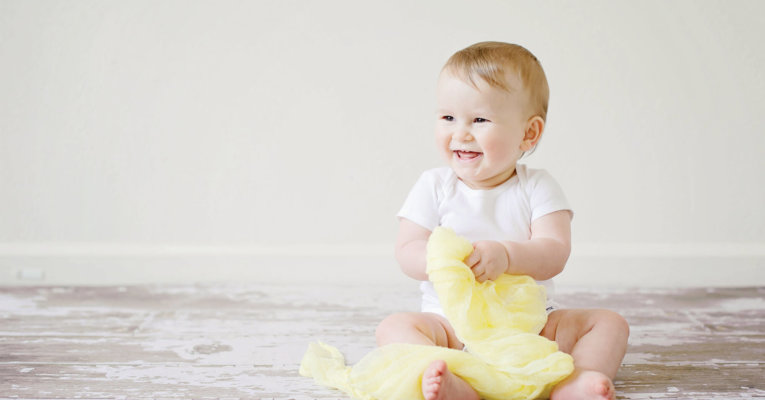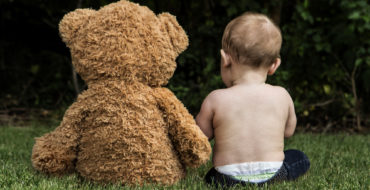Teething, like other developmental milestones, does not happen at exactly the same time for all babies. However, most parents can expect to see their baby’s first tooth between 4 and 7 months of age. If your baby does not have any teeth by his first birthday, you may want to talk with your child’s pediatrician. (Premature babies may be a few months behind in getting their teeth.)
Signs and Symptoms
- Drooling ( which can lead to facial rash)
- Fussiness or irritability
- Biting behavior
- Gum swelling and sensitivity
- Refusing food
- Sleep problems
- Loose stools and mild diaper rash
- Low grade fever
What you can do to help
- Wipe your baby’s face gently with a soft cloth to prevent rash.
- Massage gums with a clean finger.
- Give the baby a cold washcloth to bite on.
- Use rubber teething rings-not the liquid filled kind; they may break.
- If you feel your baby is very uncomfortable, check with your pediatrician about giving Infant’s Tylenol or Motrin as needed.
- Apply diaper rash ointment or cream to your baby’s bottom to help with diaper rash.
How can you tell if it is teething or if your baby is sick?
- Teething rarely causes a fever over 101 degrees.
- Teething drool is clear saliva and does not come from the nose.
- Yellow or green mucus indicates a cold or infection.
- If your child gets progressively sicker and cannot be comforted consult your doctor right away.
Teeth care
- Clean the new teeth twice daily using a washcloth — Do Not use toothpaste for the first year. It may cause your baby to choke because he does not yet know how to rinse and spit.
- Find out if your drinking water has fluoride. If it does not, ask your doctor about fluoride supplements. Fluoride helps strengthen your baby’s teeth.
Do not put your baby to bed with a bottle! The sugars in milk, formula, and fruit juice will rot your baby’s teeth.






